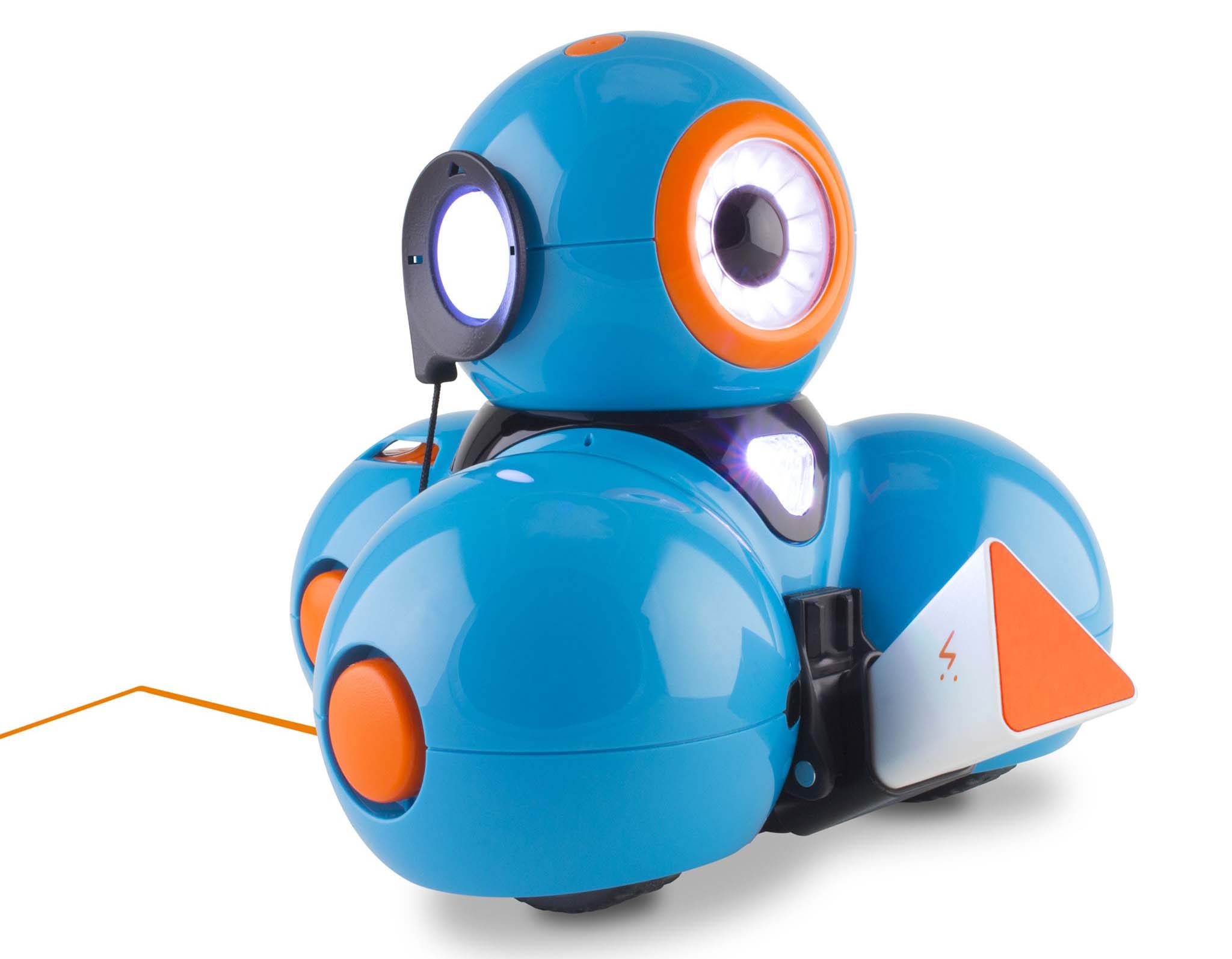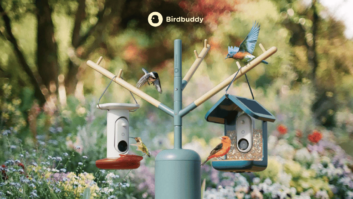
The growth of the number of STEM-focused smart toys on retailers’ shelves and in consumers’ homes — this February’s Toy Fair in New York crammed the Javits Center with a dizzying array of connected playthings — has proven to be a prime opportunity for smaller manufacturers to make names for themselves vs. the Mattel and Fisher-Price monster brands.
Wonder Workshop, the maker of the Dash, Dot and Cue educational robots, is a prime example of one company doing just that. Co-founded by Vikas Gupta in 2012, Wonder Workshop’s toys aim to bring coding to children as young as 6 and can be found in classrooms as well as homes. The company recently announced new add-on accessories for the robots, with the launch of a Sketch Kit that enables children to create art with their bots and subsequently share their designs.
TWICE caught up with Gupta to collect his perspective on the smart-toy landscape and its potential. Not surprisingly, the former consumer payments head at Google and AWS leader at Amazon thinks connected toys are still in their infancy; however, he caveated this optimism with the emphasis that steps are necessary to ensure the tech remains both age appropriate and relevant for children.
Watch: 10 Of The Coolest Tech Toys From Toy Fair 2018
TWICE: What led you to co-found Wonder Workshop?
In 2011, I was at Google leading their consumer payments business when my daughter — my first child — was born. She became the motivation for me to look for a bigger purpose than what I was currently doing. I resigned from Google, and decided to spend more time with her. It was my time with my daughter that inspired me to build a platform that every child could imagine and invent the future with.
TWICE: What has been the most significant catalyst for growth in the category?
Undoubtedly, the growth of smart devices, such as the iPhones and tablets, have spurred the innovation in the STEM device category. First, the Bluetooth interface has enabled peripherals to leverage the computational power and connectivity of smart devices. This helps bring the cost of peripherals down, and in turn has spurred the proliferation of the ecosystem. For STEM devices specifically, this ecosystem enables innovators like ourselves who are passionate about addressing the needs of our children. Hopefully, success of companies like Wonder Workshop can inspire another generation of inventors and innovators.
See: Toys’R’Us: A How-Not-To Guide For The Retail Business
TWICE: How do you envision technology development and manufacturing in 10 to 20 years, as the tech-savvy children who are used to having robots in homes and schools enter the workforce?
I am sure that any prediction I make of the world 10 to 20 years from now will be proven wrong. However, there are trends to observe that will continue to gather momentum. For one, more and more of our lives will rely on connected devices that will continuously get smarter and more powerful. There will be impact on our lives every day of AI and automation that will make our lives simpler — but in ways we may not even know yet.

Barriers to globalization such as language and distance will disappear, and as a result more and more of the workforce in organizations will be distributed.
Manufacturing will be largely automated. Increasingly, humans will be valued for their creativity, out-of-the-box thinking, judgment and technical skills, rather than their knowledge. As the tech-savvy children grow up, they will seek the immediacy delivered by tech in all aspects of their lives — fueling continuous innovation in automating every task around us. Children growing up in the next 10 to 20 years will have a higher level of comfort around robots, and as a result we will see a world where robot co-inhabit our world.
TWICE: What are some of the challenges of developing STEM consumer electronics that CE retailers might not realize?
Since we’ve launched our robots, we’ve seen a proliferation of companies offering a variety of electronics catering to a demand for STEM learning; however, the depth of learning and usability varies greatly, and we must hold the products we make available to children to a high bar. We often underestimate the effort that it takes to design and build a product that is effective in the hands of children.
In addition, we must go out of our way to ensure that the STEM electronics products create a safe environment for our children. Safety must be paramount, and only in a safe environment can creativity flourish.













